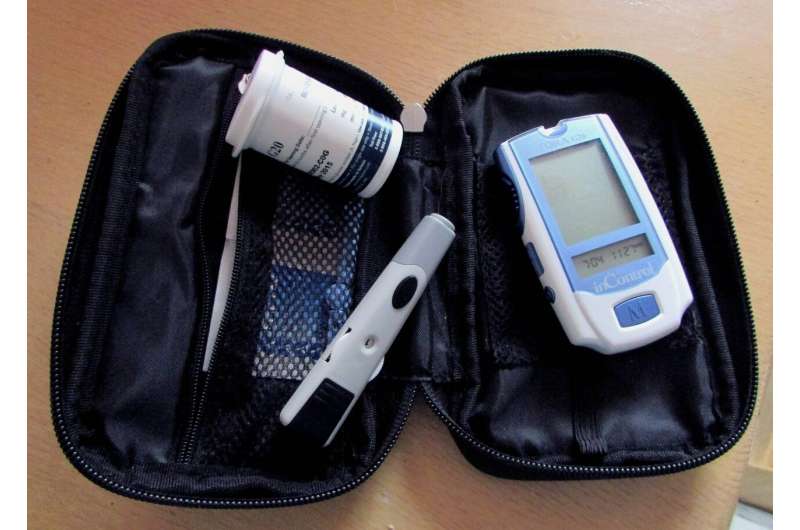
New case studies show the benefits of remote management based on continuous glucose monitoring (CGM) and telemedicine visits for patients with type 1 and type 2 diabetes during the COVID-19 pandemic. Use of remote monitoring technology can significantly improve glycemic control, as described in a supplement to the peer-reviewed journal Diabetes Technology & Therapeutics (DTT). The supplement is titled “Emerging Landscape of Continuous Glucose Monitoring.”
Anders Carlson, MD, from the University of Minnesota Medical School, and coauthors, present case studies of patients with type 1 and type 2 diabetes managed during the COVID-19 pandemic using CGM and telemedicine visits, including a 3-year-old patient with newly diagnosed type 1 diabetes. Current CGM systems can automatically transmit patients’ glucose data to healthcare providers for analysis.
“We found that use of telemedicine patient consults and remote monitoring of CGM and insulin data enabled us to assess glycemic control and make therapy adjustments without the potential hazards and patient burden of in-person clinic visits,” said the authors. “Moreover, our ability to review and discuss the data with our patients helped them better understand how their therapy impacted daily glucose management, which, in turn, enhanced their engagement in their daily self-management.”
Also in the supplement is an article titled “Real-World Studies Support Use of Continuous Glucose Monitoring in Type 1 and Type 2 Diabetes Independently of Treatment Regimen.” James Gavin, III, MD, Ph.D., from Emory University School of Medicine, andClifford Baily, Ph.D., from Aston University review findings from recent real-world studies of CGM systems. These provide greater insights into the clinical effectiveness and economic impact of this technology within various diabetes populations.
“Results from these studies suggest that wider use of CGM within the broader diabetes population could increase overall glycemic control and improve the effectiveness while reducing the enduring cost of diabetes healthcare,” state the authors.
Source: Read Full Article